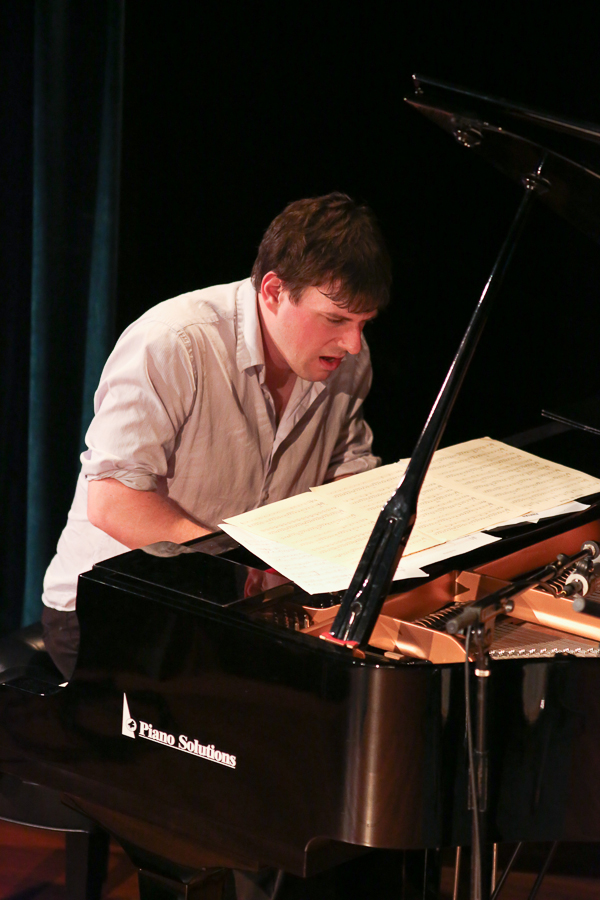Channeling Chekhov: Phoenix Theatre opens 31st season with Christopher Durang comedy

The title strings out the names of four characters with the flat egalitarianism characteristic of the play's patron saint: "Vanya and Sonia and Masha and Spike" is Christopher Durang's rambunctious tribute to Anton Chekhov and the 2013 Tony-winner that opens Phoenix Theatre 's new season. The idiosyncratic rambunctiousness, not something readily associated with Chekhov, is what Durang brings to the stage from a long series of coruscating successes. The underlying theme of weariness with life and the audacity of presenting characters who may bore or annoy us but are treated with wry affection are the Chekhovian bedrock. On it Durang builds a family structure of sacrifice, missed opportunity and petty vanity played out in a solid old home in the upscale bucolic setting of Bucks County, Pa. The first three characters grew up in that household dominated by punishingly overcultured parents whose latter-day decline from Alzheimer's was borne physically and emo















